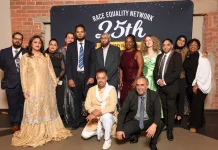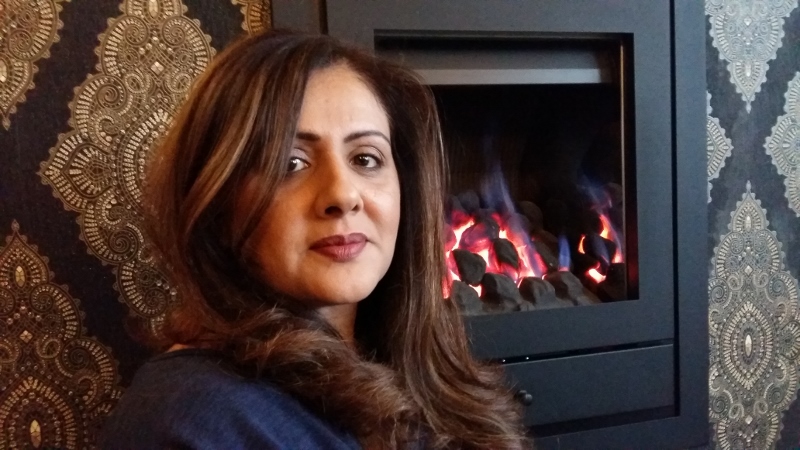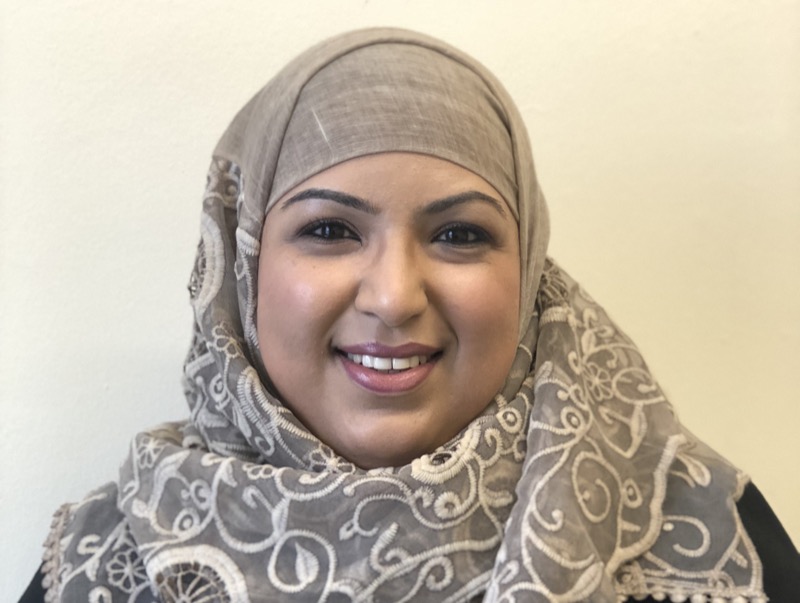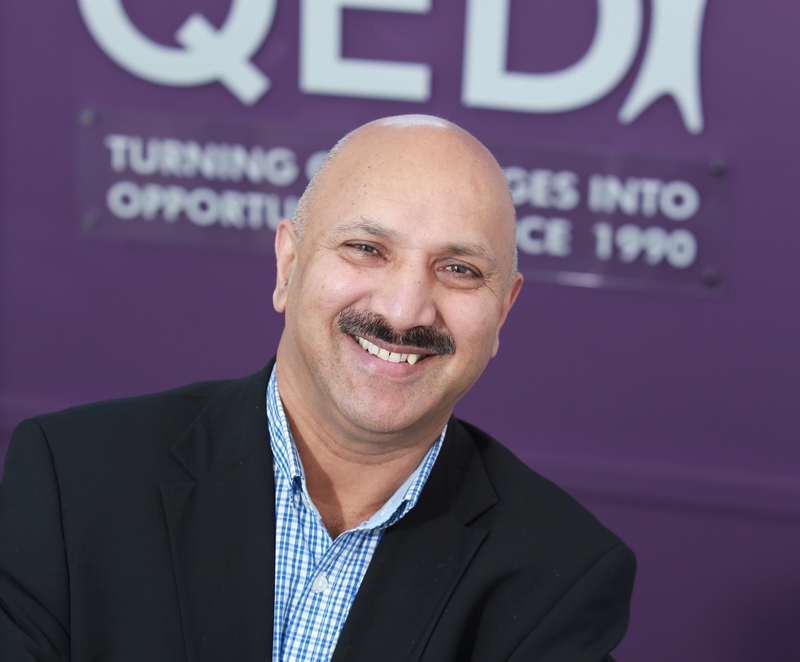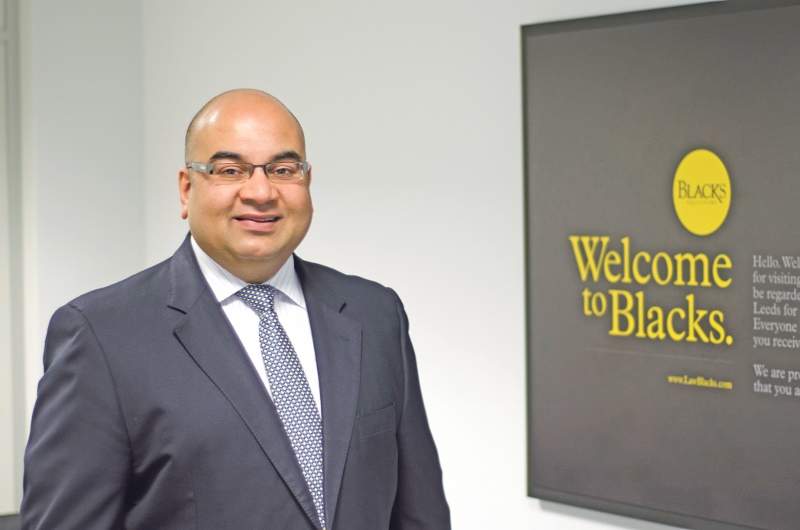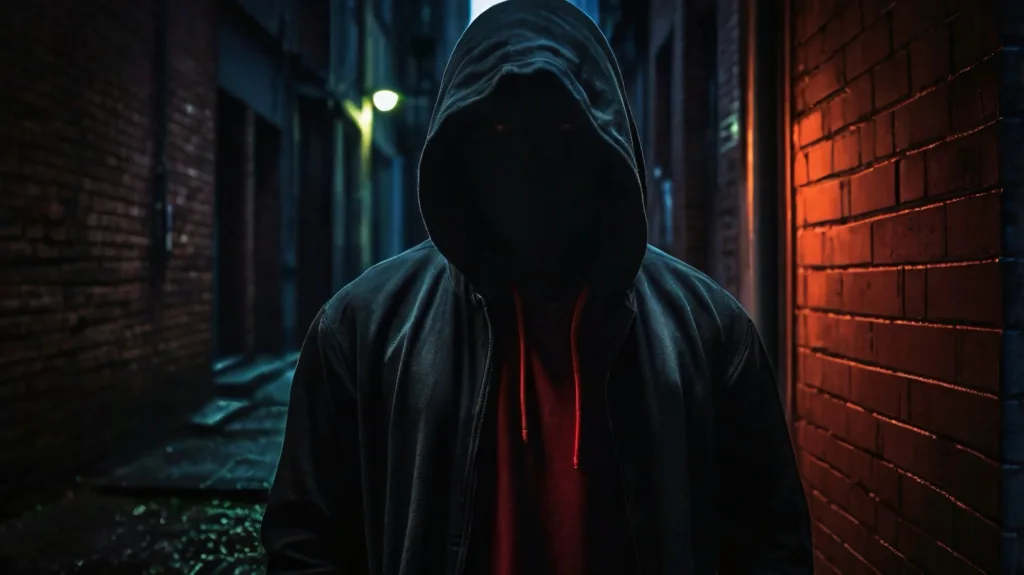
Out of all 115,489 Child Sexual Abuse and Exploitation (CSAE) offences, only 4,228 (3.7%) of these cases involved “group-based contact offences” and only some of these would have involved Pakistani-heritage offenders.
BYLINE: Dr. Bernard Gallagher – Visiting Fellow, Connect Centre for International Research on Interpersonal Violence and Harm, University of Lancashire
Approximately 15 years ago, concern began to be expressed over the sexual abuse of mainly white girls by groups of men who were largely of ‘Asian’ origin in towns and cities across England.
It is suspected that hundreds of girls were subject to horrendous sexual and other abuse by hundreds of men from an ‘Asian’ background. There have also been repeated allegations that authorities turned a blind eye to these cases. These cases came to be known as ‘Asian Grooming Gangs’ (AGGs).
These offenders have been widely condemned and – it must be stressed – including by the vast majority of people in the British-Pakistani/Muslim community (and by British Asians more generally).
Subsequently, majority Pakistani-heritage grooming gangs became the focus of national political, media and public attention. Some of this attention then morphed into hostility against the entire Asian community, and it included, for example, certain MPs and journalists questioning the entire Asian culture, and anti-Asian street protests by far right groups.
Eventually, this furore went international reaching what could be seen as two disturbing peaks.
The first and by far more serious and terrible of these was the 2019 New Zealand mosque shootings in which a far right terrorist, Brenton Tarrant, killed 51 Muslim worshippers. One of the ammunition clips used by Tarrant bore the words “For Rotherham”, which was believed to be a reference to the child victims of Asian grooming gangs in that town.
The second peak occurred in January of this year when the tech entrepreneur and world’s richest man, Elon Musk, posted ill-informed and inflammatory criticisms to his 210 million followers on X (formerly Twitter) of the prime minister, Keir Starmer, and the safeguarding minister, Jess Phillips, over their supposed mishandling of majority Pakistani grooming gangs’ cases.
The public dispute stirred up by Elon Musk’s posts about grooming-gang cases helped amplify anti-Muslim sentiment in the UK.
As per a paper published by the ‘Centre for the Study of Organised Hate’, was that among social media posts around the grooming-gang discourse on X in early 2025, 53.8% (650 out of 1,208) of posts were explicitly “Islamophobic or racist” in targeting Muslims, British-Pakistani men, South Asians or immigrants, while linking them to grooming-gang crimes.
Pakistani-heritage grooming gangs constitute a very small proportion of all Child Sexual Abuse and Exploitation cases
In 2023, the most recent year for which figures are available, the police in England and Wales recorded 115,489 Child Sexual Abuse and Exploitation (CSAE) offences.
Only 4,228 (3.7%) of these cases involved “group-based contact offences” and only some of these would have involved Pakistani-heritage offenders.
Group-based Child Sexual Exploitation (CSE) cases, whether perpetrated by Asian or white men, or men from any other ethnic group, can be extremely serious in terms of the level and extent of abuse committed against children.
However, this applies to all forms of Child Sexual Abuse (CSA), and indeed all forms of Child Abuse and Neglect (CAN) more generally.
For example, and in the 15 years since the major concern over majority Pakistani grooming gangs first arose, roughly 750 children will have died though abuse and neglect often of a horrific nature – and, it must be said, at the hands of white abusers mostly.
One of the major alleged issues surrounding Pakistani-heritage grooming gangs is that the response of the authorities, especially the police and social services, has been inadequate.
Pakistani-heritage grooming gangs comprise only a very small proportion of all CSAE cases and an even smaller proportion of all CAN cases.
The response to Pakistani-heritage grooming gangs has been excessive. This raises the vital question as to what are the reasons for (and also the effects of) this disproportionate response.
One important – and contextual – factor is that most people know very little about CAN or child protection, and relating to, for instance, the scale of the problem or its causes, or how incidents are managed by the authorities.
Over the past 10-15 years, there has, at times, been blanket, and ill-informed or malign, coverage of Pakistani-heritage grooming gangs in the media.
This coverage has been picked up by various politicians and commentators, among others, who have the amplified the media’s messages.
The end result has been large sections of the public concluding that: Pakistani-heritage grooming gangs represent a massive problem; they comprise a large part of the entire CAN challenge; authorities have chosen to ignore these threats out of ‘political correctness’; and that the whole of “Asian” and/or Muslim culture is somehow complicit.
Widespread hate for Pakistanis and Muslims
But there are even more nefarious factors behind this response to Pakistani-heritage grooming gangs.
As difficult as it might be for some (white) people to accept, one has to be honest and acknowledge that part of the reason the Pakistani-heritage grooming gangs phenomenon has received so much attention is racism.
There have been countless cases in the UK, over the past 30-40 years, of white men abusing girls (and boys) in settings such as churches, schools and sports clubs – and above all families – but I am confident that no one has ever raised an issue over these perpetrators’ ethnicity.
There are, moreover, numerous instances where white men in the UK (and many other majority-white, western countries) have travelled abroad to sexually abuse children – many of who are especially vulnerable – in regions such as South Asia, South East Asia and Africa. And, again, the ethnicity (or culture) of these offenders has seldom, if ever, been raised.
It is as if much of society is blind when it comes to white child sex offenders.
Some of this racism, however, is much more conscious and intentional. Some people have eagerly seized upon the issue (as they have done with immigration) to actively stoke up hostility towards Asians and people of colour more generally.
Ethnicity-driven child protection
Sadly, this colour-driven approach to child protection is likely to intensify not lessen in the foreseeable future.
In response to growing pressure from right wing and far right media and political figures over the past few years, the current government commissioned Baroness Louise Casey to produce a report on group-based CSAE – the National Audit on Group-based Child Sexual Exploitation and Abuse – which was released in June of this year.
Casey’s report contained 222 references to “ethnicity”, which could be taken as code for ‘Asian’.
Casey mentioned “gender” only nine times, even though most experts agree this is the critical issue in the perpetration of CSA. (“Class” was mentioned just twice, despite the fact that there might be as much reason to investigate this aspect of the issue as there is ethnicity.)
Following on from Baroness Casey’s audit, the Government said it will compel the police to collect data on the ethnicity of suspects in CSAE cases and it is to commission research into the possible “drivers of group-based CSE”, one of which will be ethnicity.
The Government is, in addition, in the process of setting up a national inquiry into CSE; a very prominent focus of which is likely to be ethnicity. However, as reported in the Guardian, the national inquiry has “stalled amid wrangles over its remit and difficulties in finding a senior legal figure willing to become its chair”.
All of the above initiatives, plus various earlier measures, in response to Asian Grooming Gangs, while possibly well-intentioned to some extent, are misplaced, and risk adverse consequences for both child protection and community relations.
These developments could, in particular, reinforce misconceptions around the absolute and relative extent of Pakistani-heritage grooming gangs, reinforce ideas of CSE being an ‘Asian problem’, and take attention (and resources) away from all of the other cases of CAN that form the vast bulk of child protection work.
It should be noted that child protection – like all public services work – is grossly under-funded; an issue that politicians, the media and other commentators hardly ever draw attention to.
Finally, these developments could heighten hostility towards members of the South Asian community, along with other people of colour more generally, and at a time when these groups are already feeling vulnerable.
CAN, including CSE, is perpetrated by individuals of all ethnicities and against children of all ethnicities. If individuals are genuinely concerned about child protection, then they must be ‘colour blind’ and seek to tackle all cases of CAN with equal vigour, and regardless of the colour of the skin of perpetrators or children.


